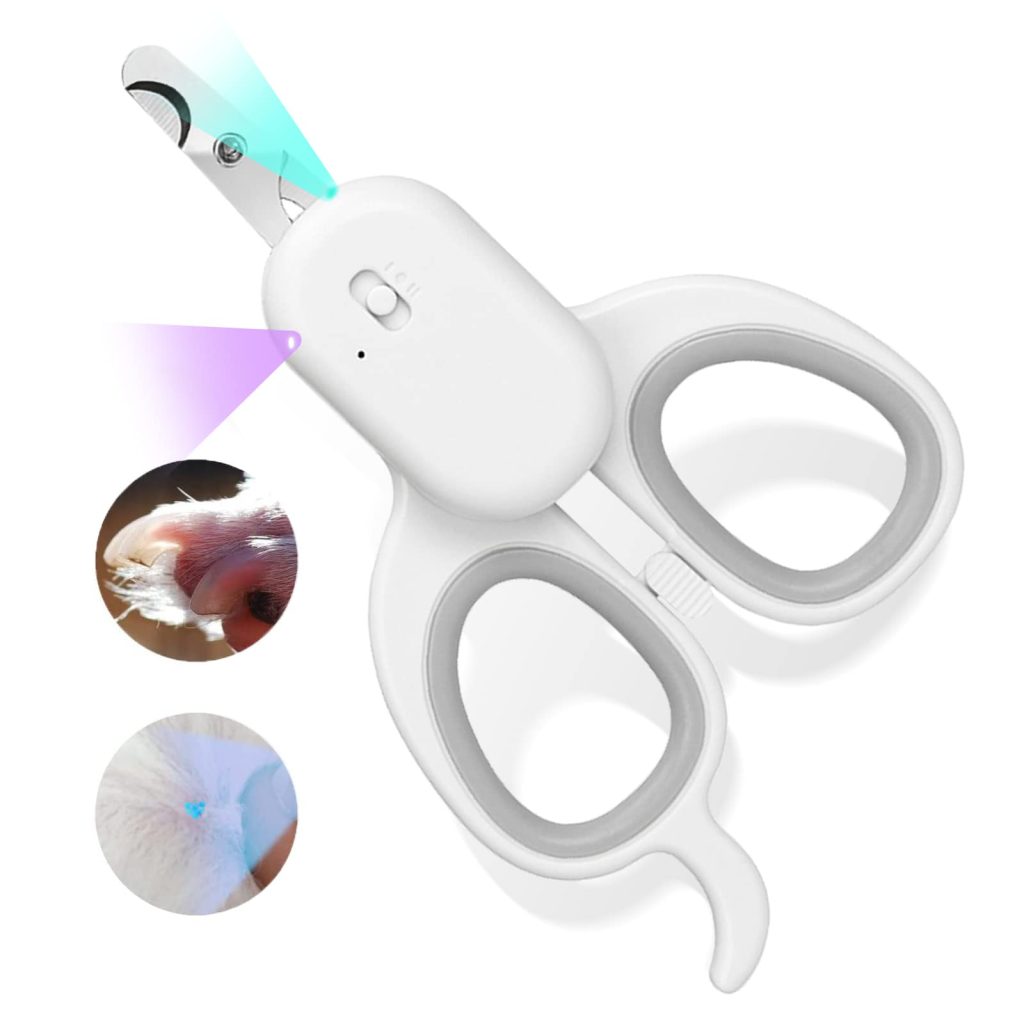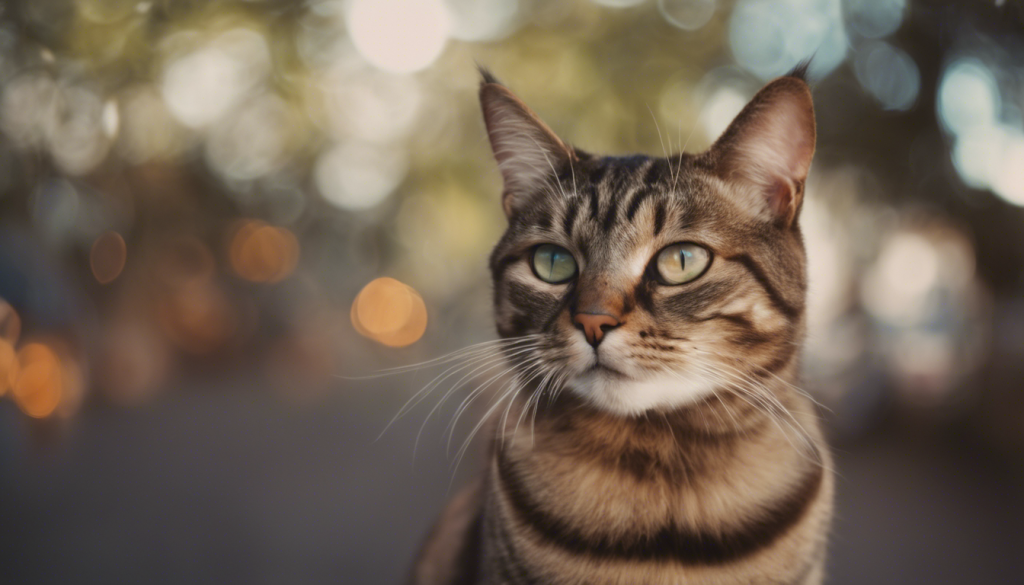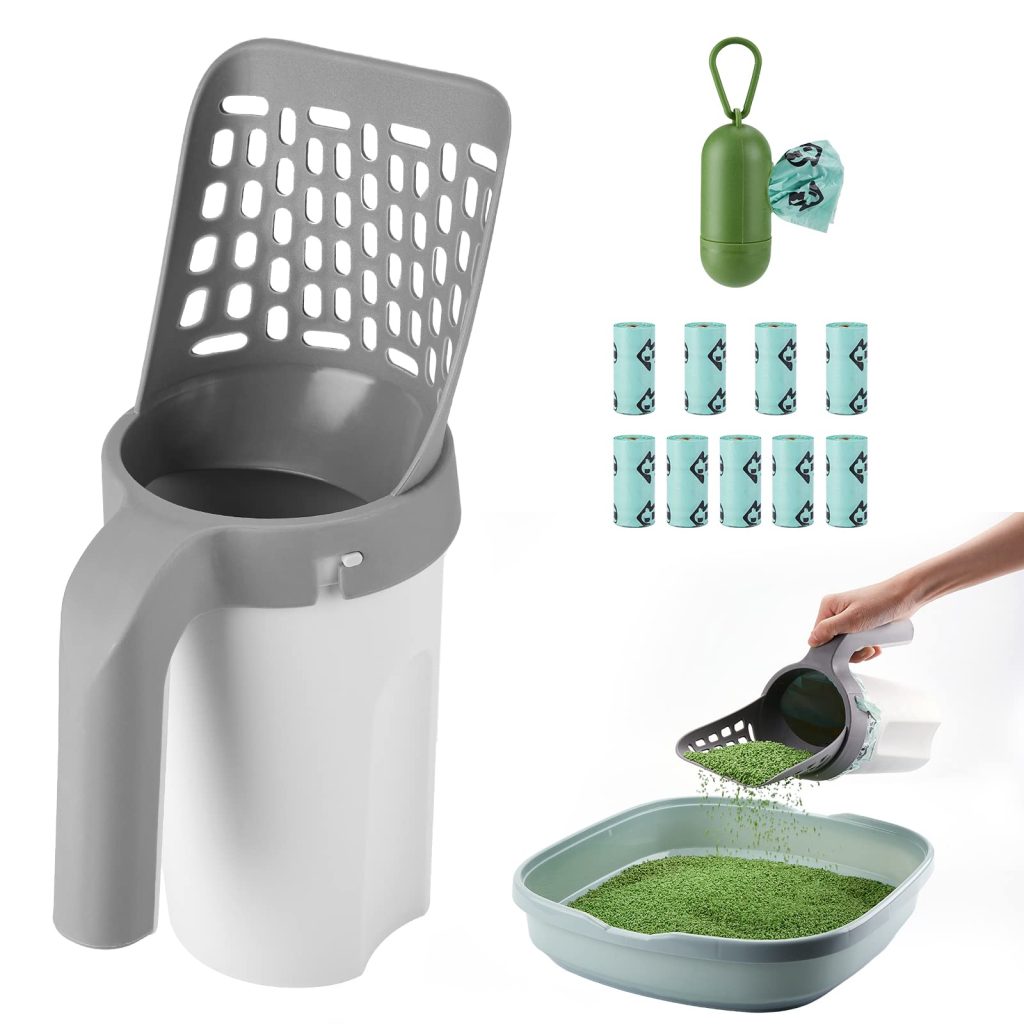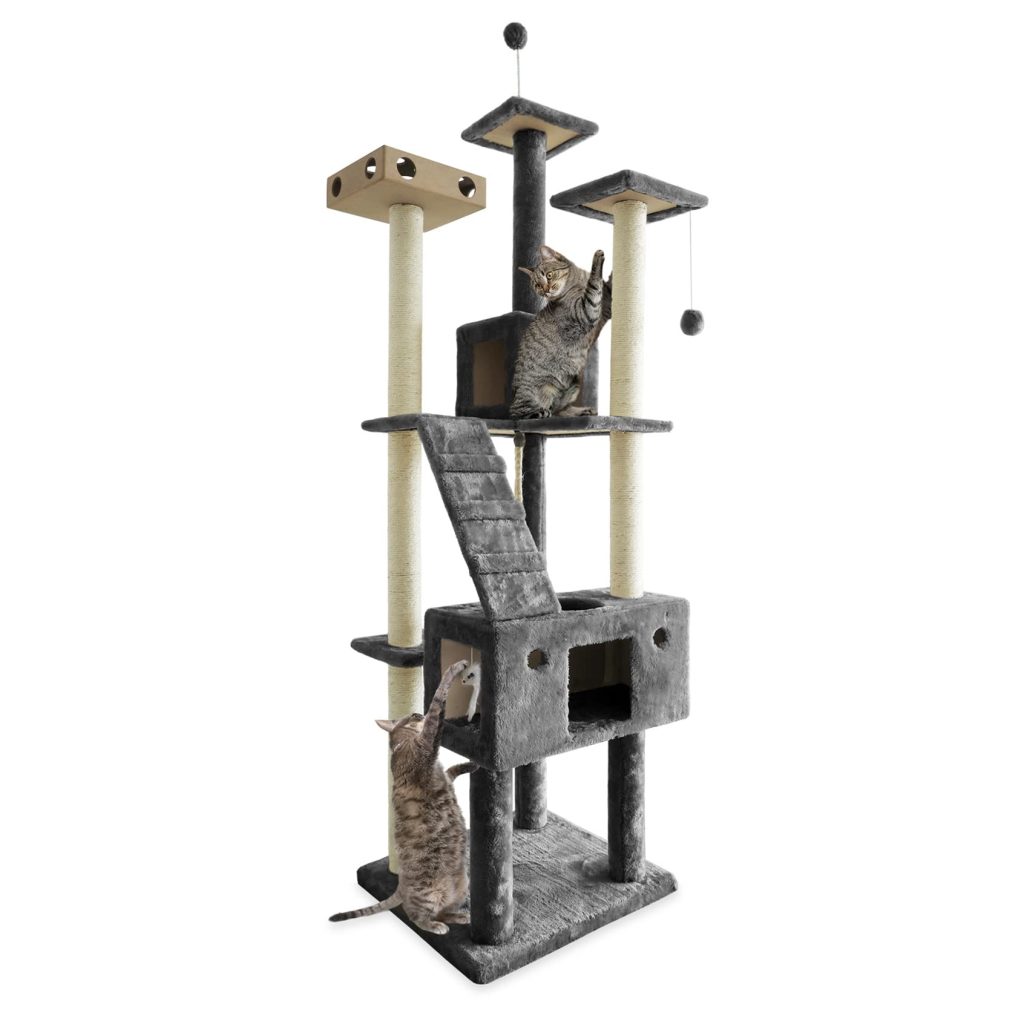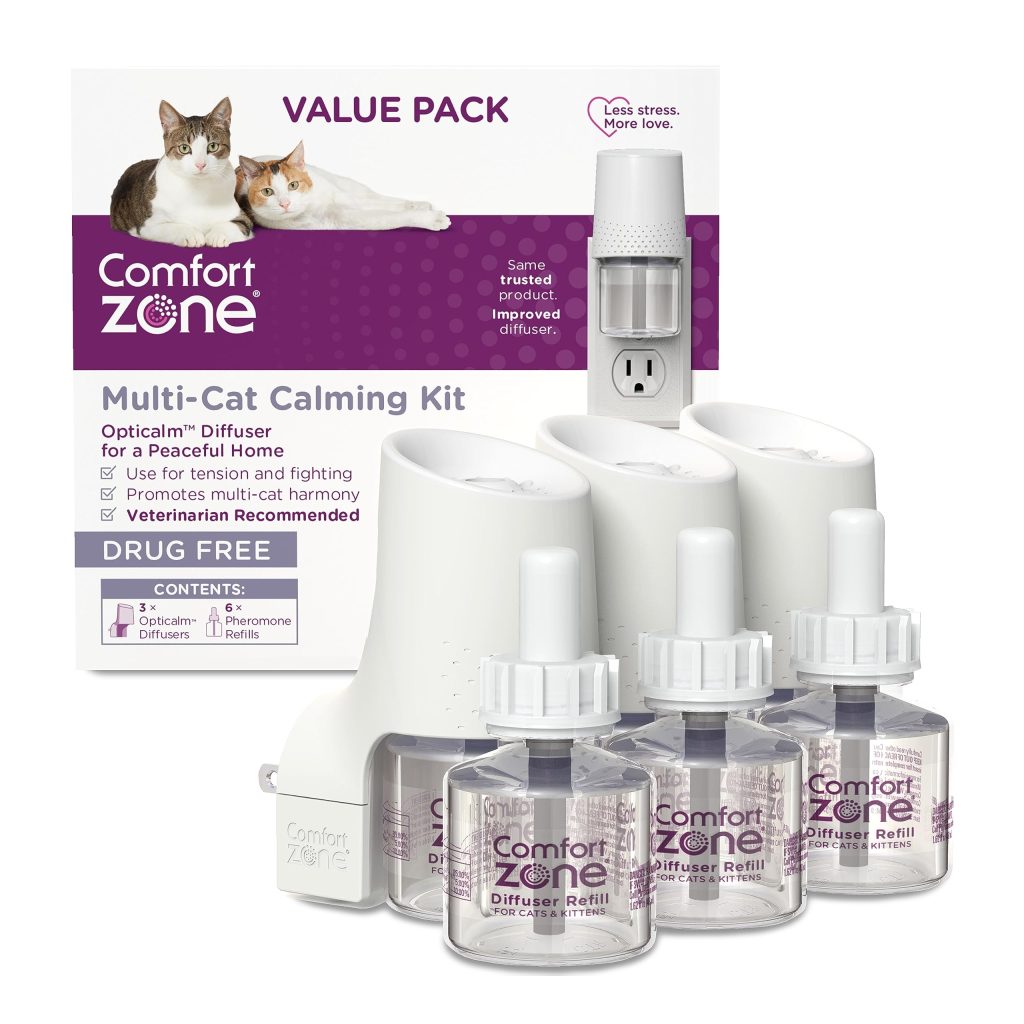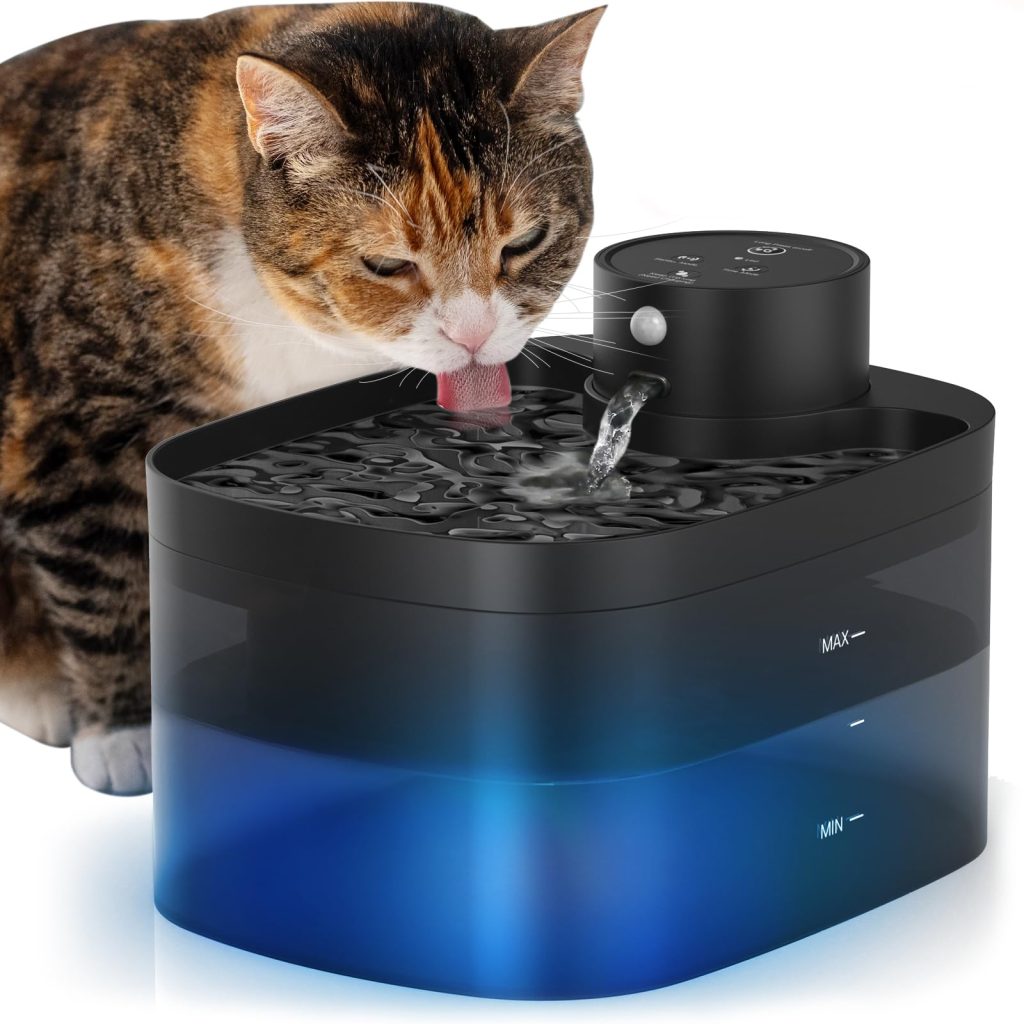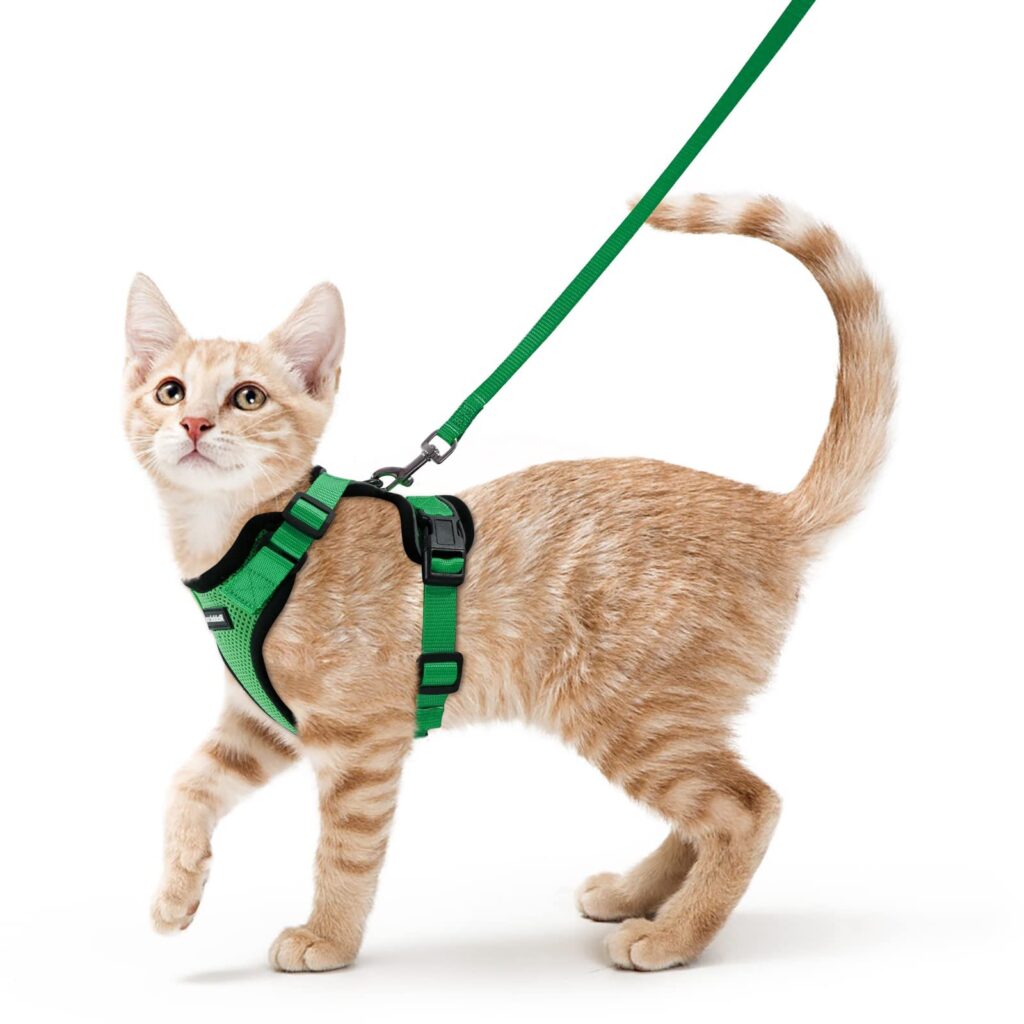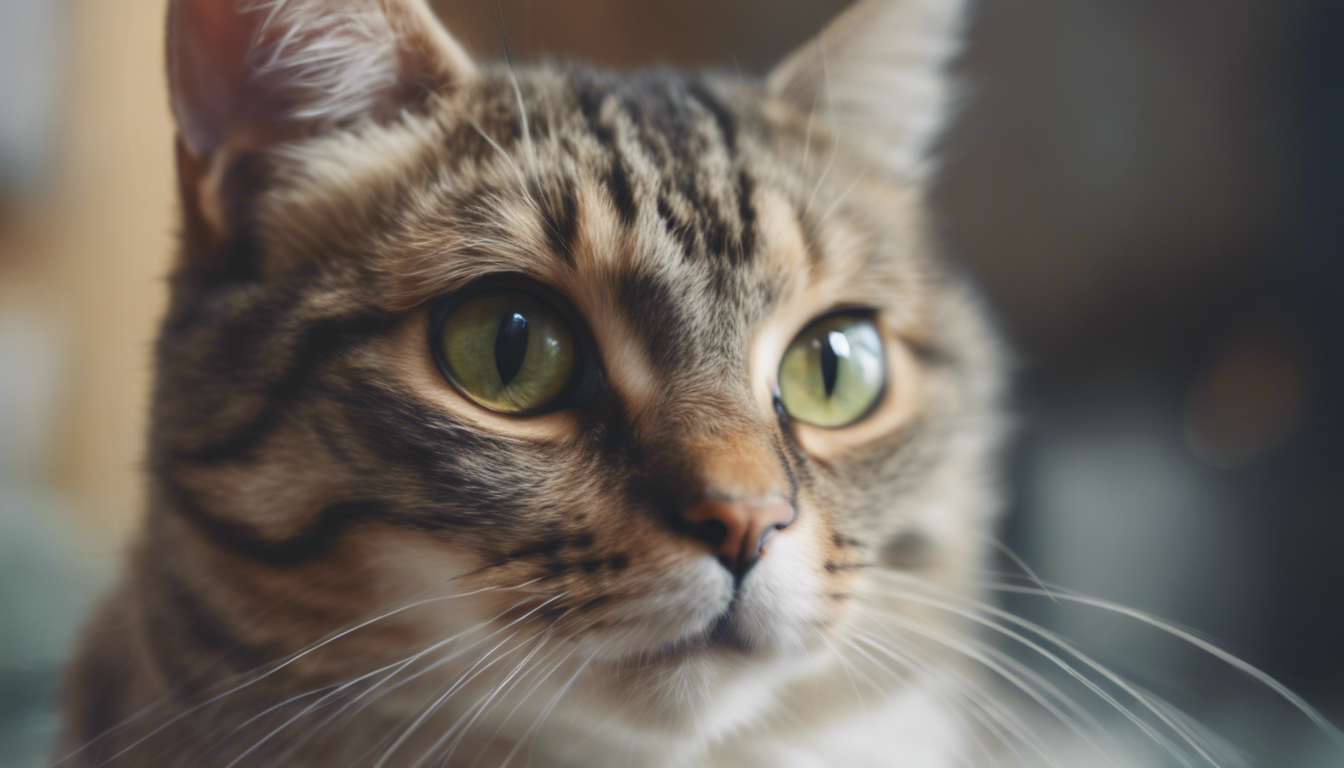
Nutrition Essentials for Feline Wellness
Keeping your furry friend healthy starts with what’s in their food bowl. Cats are obligate carnivores, which means their bodies are designed to run mainly on protein—high-quality, animal-based protein to be exact. But it’s not just about piling up the chicken and fish; balance is key. Cats need a harmony of fats, carbohydrates, vitamins, and minerals to strut their stuff in tip-top shape.
First things first, water is the elixir of life, even for cats. Ensure your kitty has access to fresh water at all times. Some cats are divas about their water source, so think a fountain if they turn up their nose at a still bowl. Hydration especially important, especially if your feline friend favors a dry kibble diet over wet food.
Speaking of kibble, let’s dive into the crunchy vs. squishy debate: dry or wet food? Wet food often comes closer to a cat’s natural diet—high in moisture and protein. Meanwhile, dry food can be more convenient and helps with keeping those pearly whites clean. Many pet parents opt for a mix of both. Just ensure the food you choose meets the American Association of Feed Control Officials (AAFCO) guidelines.
But here’s an insider tip: go beyond the labels. A diet too heavy on carbs can lead to an opera-singing Garfield since cats have limited abilities to process these. Look for foods where the first ingredients are real meats. And let’s not forget the power duo of taurine and arginine, two essential amino acids that are literally life-or-death for kitty health, supporting heart and eye function among others.
While treats can be a great way to bond and train, treat time should be just that—a treat. Overdoing it can lead to weight gain and nutrient imbalance. Ponder of treats as the cherry on top, not the sundae itself.
Lastly, for cats with special diets or health issues, consult your vet for tailored nutritional advice. Whether Whiskers is packing extra pounds or dealing with a sensitive stomach, there’s a diet plan that can help him leap back into wellness.
In essence, a keen eye on your cat’s nutritional needs will pave the path for a long, cuddle-filled life. After all, a healthy cat is a happy cat, and nothing beats those content purrs echoing through your home.
Routine Veterinary Care and Vaccinations
Circling back to the essentials of feline health, regular check-ups with the vet can’t be overstated. It’s not just about fixing what’s broken; it’s about prevention. After all, prevention is the best medicine, especially when it comes to our stealthy companions. Many health issues in cats can be invisible to the untrained eye until they’re advanced, making routine veterinary care critical.
So, let’s chat about vaccinating your velvet-pawed pal. Vaccinations are the stealthy superheroes of the cat world, shielding them from sinister diseases like feline leukemia, rabies, and distemper. Not every cat needs every vaccine, though. Chat with your vet about a tailored vaccine plan that suits your cat’s lifestyle, whether they’re a daring explorer of the great outdoors or a couch-commandeering cuddler.
Remember, indoor cats need protection, too. They may not be prowling the jungle that is the outside world, but they’re not immune to airborne viruses or the sneaky germs you might bring in on your shoes.
Now, about those vet visits. You might think your whiskered companion is in purr-fect health, but cats excel at hiding their aches and ills. Twice a year is a good cadence for a vet wellness exam. This includes a thorough physical examination, discussions about diet, and routine blood work, especially for seniors, to catch any early signs of trouble.
Dental health seems to fly under the radar, but did you know that many cats develop dental disease by age three? Regular dental check-ups and cleanings can prevent a mouthful of issues, so think a professional dental care plan.
Additionally, parasites are party-poopers you want to avoid. Fleas, ticks, and worms are not just a nuisance; they’re downright hazardous to your cat’s health. Thankfully, there are a variety of preventative treatments and medications available. Regular deworming and flea control are part of a solid defense strategy against these invasive little critters.
Let’s not forget the power of a good chat with your vet about your cat’s specific needs. Tailored health plans can include advice on nutrition adjustments, exercise routines, and behavior consultations. So, while your kitty might not be thrilled about the trip in the carrier, the road to the vet is one paved with good intentions and even better health outcomes.
The Importance of Exercise and Play
Just like their larger, wilder counterparts, domestic cats have an inherent need to move, hunt, and play. It’s what keeps them agile, fit, and mentally stimulated. Channeling this natural behavior is not just entertaining to watch; it’s essential for their overall wellbeing. That is right, chasing a laser pointer or bounding after a feather toy is more than just adorable—it’s a workout!
Regular playtime helps prevent a slew of health issues in cats, including obesity. Yes, those extra treats can add up, and without enough activity, your feline’s waistline might expand. But have you ever seen a cat on a treadmill? Me neither. Interactive play is the next best thing; it keeps them in shape and in high spirits. Plus, you get bonus points for serving as their personal fitness coach!
Consider of toys as tools for your cat’s personal gym. Whatever gets them leaping, pawing, and sprinting is a go. Some cats go bananas over a simple crumpled paper ball, while others prefer a hi-tech mouse that zips around. The goal is to engage their natural hunting instincts, so anything that moves unpredictably is a winner.
“Remember, a tired cat is a happy cat. An active play session before bedtime can help with those early morning wake-up calls they love to gift us.”
Don’t say goodbye to the outdoors for the more adventurous kitties. A secure harness and leash can open up a world of exploration and exercise for indoor cats. Just ensure it’s a safe and controlled environment—remember, birds and squirrels are not part of the game!
Exercise also plays an important role in your cat’s mental health. Cats who lack enough stimulation can develop behavioral issues like aggression or anxiety. Play keeps their minds sharp and their paws out of trouble. It’s also a purrfect way to strengthen the bond between you and your feline friend. Recognizing their cues for play and engaging with them solidifies trust and companionship.
Think introducing puzzle feeders that require your cat to ‘work’ for their food. It mimics the challenge of hunting and provides a mental workout along with their physical exertion. Alternating toys, creating obstacle courses, or even teaching them tricks (yes, cats can learn tricks!) can add variety to their routine and keep playtime fresh and exciting.
Lastly, remember that every cat has its own personality. Some may have the energy of a racehorse, while others take a more Zen approach to life. Tailor the activity levels to your cat’s individual needs and watch them thrive. After all, a frisky, frolicking cat is the heart and soul of a happy home.
Understanding and Managing Cat Behavior for Stress Reduction
It’s not all about the physical, though. Ever noticed how your kitty thrives on routine and predictability? Deviations can send them into a tailspin of stress. Why? Because they like to feel in control of their domain. Understanding the quirks and triggers in cat behavior can drastically reduce their stress levels—and yours in the process!
Dive into the day-to-day lives of your fuzzy overlords, and you’ll realize they have a lot to say. A swish of the tail, flattened ears, or a change in vocal pitch can communicate volumes about their mood. Pay attention to these subtle cues. A calm, well-understood cat is a cat that feels secure in their home. It’s essential to create a haven for your cat that includes cozy hideouts, high perches, and a sunny window sill for their daily surveillance duties.
But here’s the twist: sometimes, the things that stress them out are not evident to us humans. Is your cat suddenly avoiding the litter box or grooming excessively? This could be their way of saying, ‘I’m stressed!’ It’s crucial to address such behavior changes early on. They might be reacting to a new pet in the house, a move, or even rearranged furniture.
One secret weapon against stress is pheromone therapy. These synthetic pheromones mimic the natural ones cats leave behind when they feel safe, helping soothe nerves and bring a sense of calm to your household. Consider of it as a feline aromatherapy session!
Don’t forget, a stressed cat can become a scratching, biting bundle of nerves. Keeping their environment stable, engaging them in regular play, and providing them with love and understanding can help manage stress. Introduce changes gradually and always offer a safe escape route during stressful situations like parties or fireworks. When in doubt, a soft-spoken word and a gentle pet can work wonders to reassure a nervous kitty.
Lastly, if you are battling the dark forces of unwanted behavior, consult with a cat behaviorist. They’re like the kitty psychologists who can help decode complex feline emotions and offer strategies for harmony. From litter box woes to aggression, these professionals can provide insight and guidance that will benefit both you and your furry friend.
Managing stress in cats is about creating a stable, loving environment where they can let their guard down and show you their true purr-sonality. By tuning into their needs and providing the right support, you’ll help them live a life brimming with whisker-twitching happiness.
